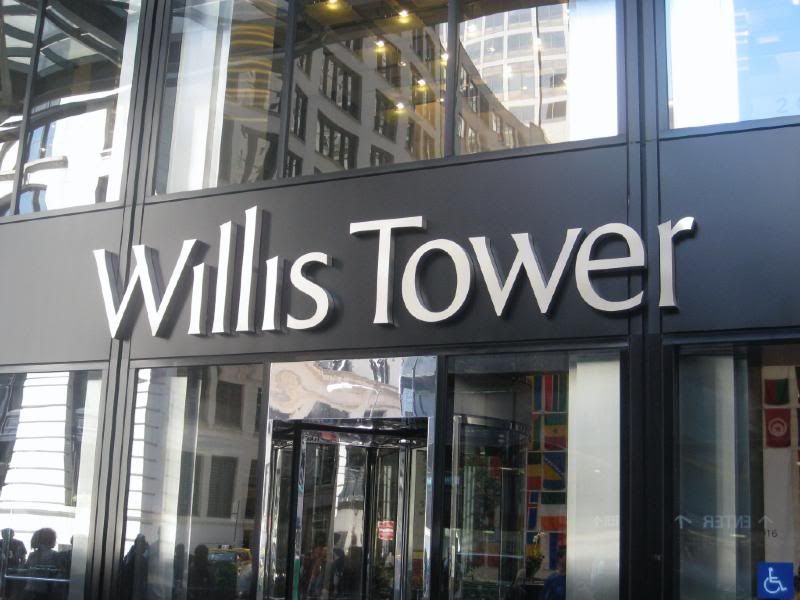Iranian exile reports nuke's hiding in tunnels.
WASHINGTON — Iran has expanded the tunnels it uses to hide a major part of its nuclear weapons program to a network covering a large area of southeastern Tehran, an Iranian exile who opposes that nation's Islamic government said Monday.
Alireza Jafarzadeh said the secret construction of missiles extends well beyond Parchin, a military zone 20 miles southeast of the Iranian capital. Jafarzadeh told reporters in September about the Parchin tunnels.
On Monday, Jafarzadeh said that on orders of Ayatollah Ali Khamenei, the Iranian defense ministry has taken over an area in eastern and southern regions of Tehran.
Jafarzadeh is credited with having aired Iranian military secrets in the past, but U.S. officials consider some of his assertions to have been inaccurate.
Despite accusations from the United States and the European Union, Iran denies any nuclear weapons ambitions, saying its nuclear program is purely for civilian needs. It has rejected new inspections by the International Atomic Energy Agency, the United Nations' nuclear watchdog, and expressed opposition to a proposal by European countries to have reprocessing of Iran's nuclear material done in Russia.
North Korean experts have cooperated with Iran in the design and building of the complex, producing blueprints, for instance, Jafarzadeh said.
A leading Iranian aerospace group, Hemmat Industries, is located in the area and is building three versions of Shahab and Ghadar missiles, he said.
The Shahab 3 has a range of 1,300 to 1,900 kilometers and Ghadar, still in the production stage, 2,500 to 3,000 kilometers, he said.
Some of the tunnels are located in Kahk Sefid Mountain, he said.
In an interview, Jafarzadeh said the most significant development was that Iran was concentrating its work on missiles and nuclear warheads all together in tunnels underground in the Tehran area.
"I think the United States should be doubly worried about this because President Mahmoud Ahmadinejad has sped up its nuclear weapons program and the revolutionary guards are now dominating all three branches of power — executive, legal and judicial," Jafarzadeh said.
"It's a nightmare," he said.
State Department spokesman Sean McCormack agreed that Iran has a covert nuclear program. "It's hidden from sight and it's hidden through a variety of means," he said.
However, McCormack said he did not know about Jafarzadeh's latest disclosures. And there's been "a very mixed record in terms of some of these groups in talking about so-called revelations about Iran's nuclear programs."
Negotiations between the European Union and Iran are stalemated.
Paul Leventhal, founding president of the Nuclear Control Institute, a private watchdog group, criticized the Bush administration for trying to defuse the standoff by endorsing a Russian proposal to let Iran enrich its own uranium so long as the enrichment is done in Russia.
"The United States has stepped onto a slippery slope," he said, and given Iran's record of concealment and deception, "this is an approach that invites serious trouble for the future."
Thanks to foxnews.com for this report.
















































0 Comments:
Post a Comment
<< Home